Posts
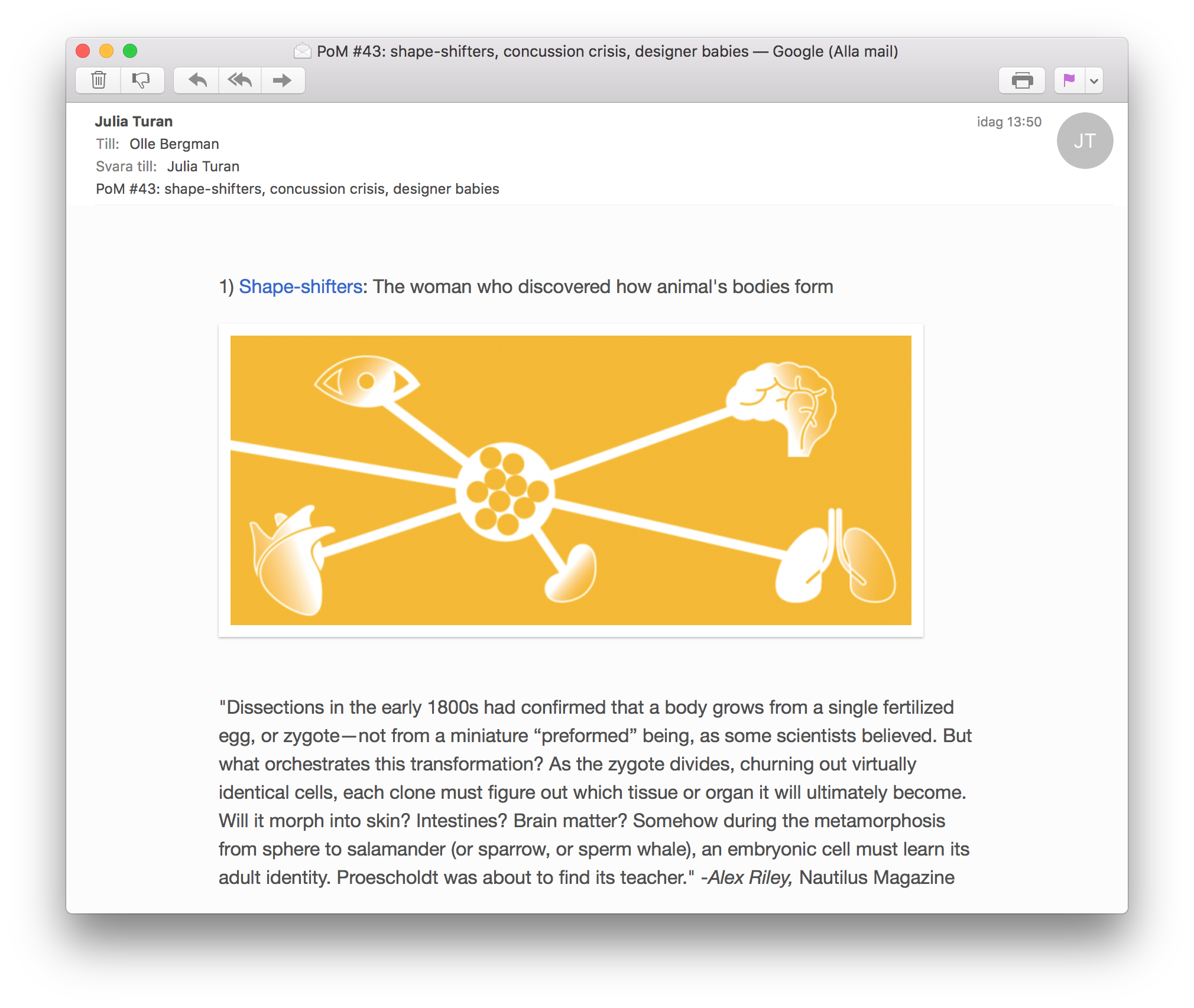
How to use a mailing list to present science stories—and give your readers “Piece of Mind”
Julia Turan, neurobiologist with a passion for science communication, has chosen a special format to present worthwhile science stories: a mailing list.
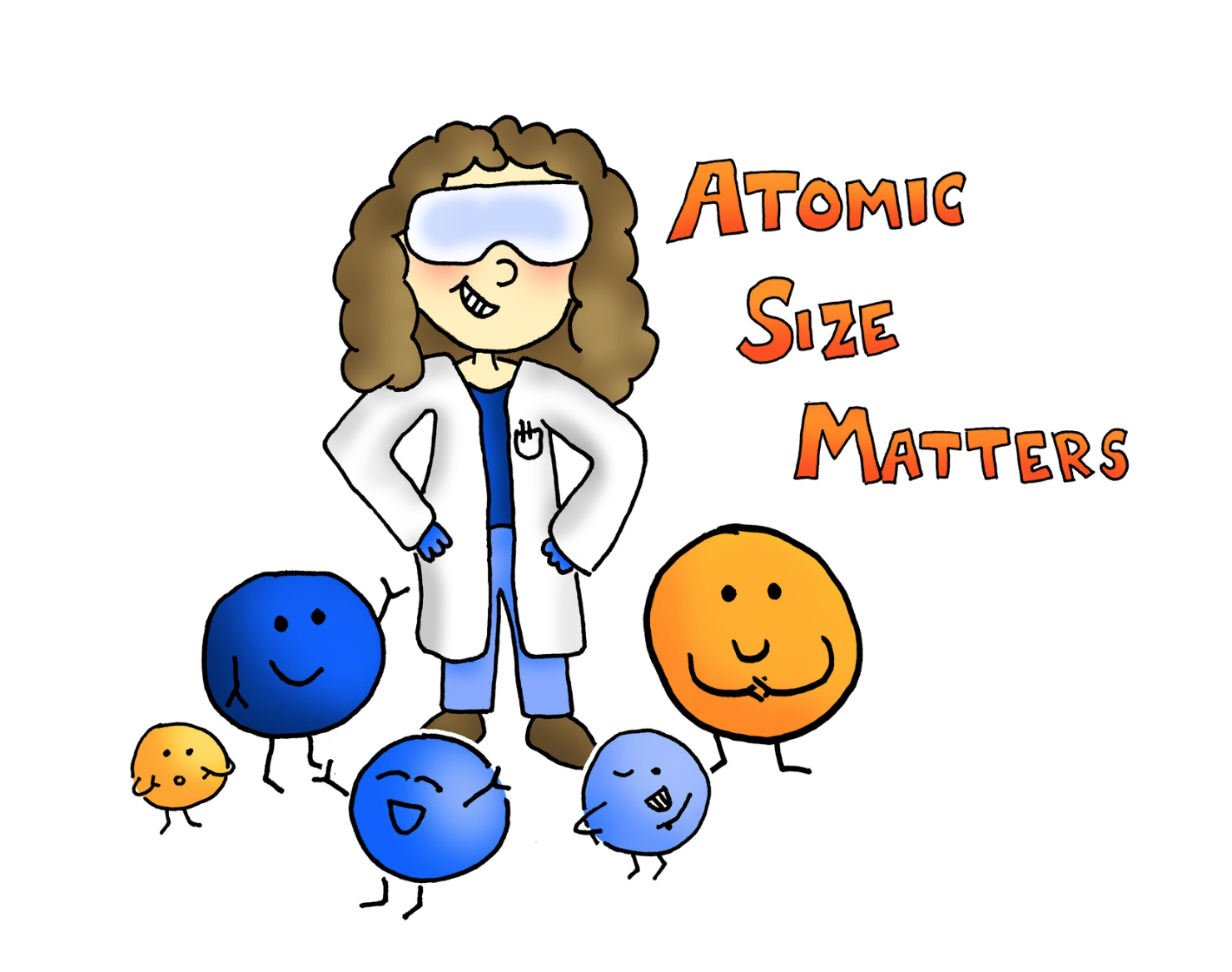
Atomic Size Matters–a doctoral thesis in comic book format
Atomic Size Matters (probably) represents the first doctoral thesis ever which is presented in a special comic book version. Veronica Berns, structural chemist from University of Wisconsin-Madison, wanted to make sure that her family and friends understood her research about quasicrystals.

Vip Sitaraman, Draw Science founder: “ There is widespread disenchantment with the current mode of science publishing”
Vip Sitaraman, bio student from University of Arizona, has stirred up some attention with his project Draw Science – the world’s first open access journal entirely based on visual explanations.
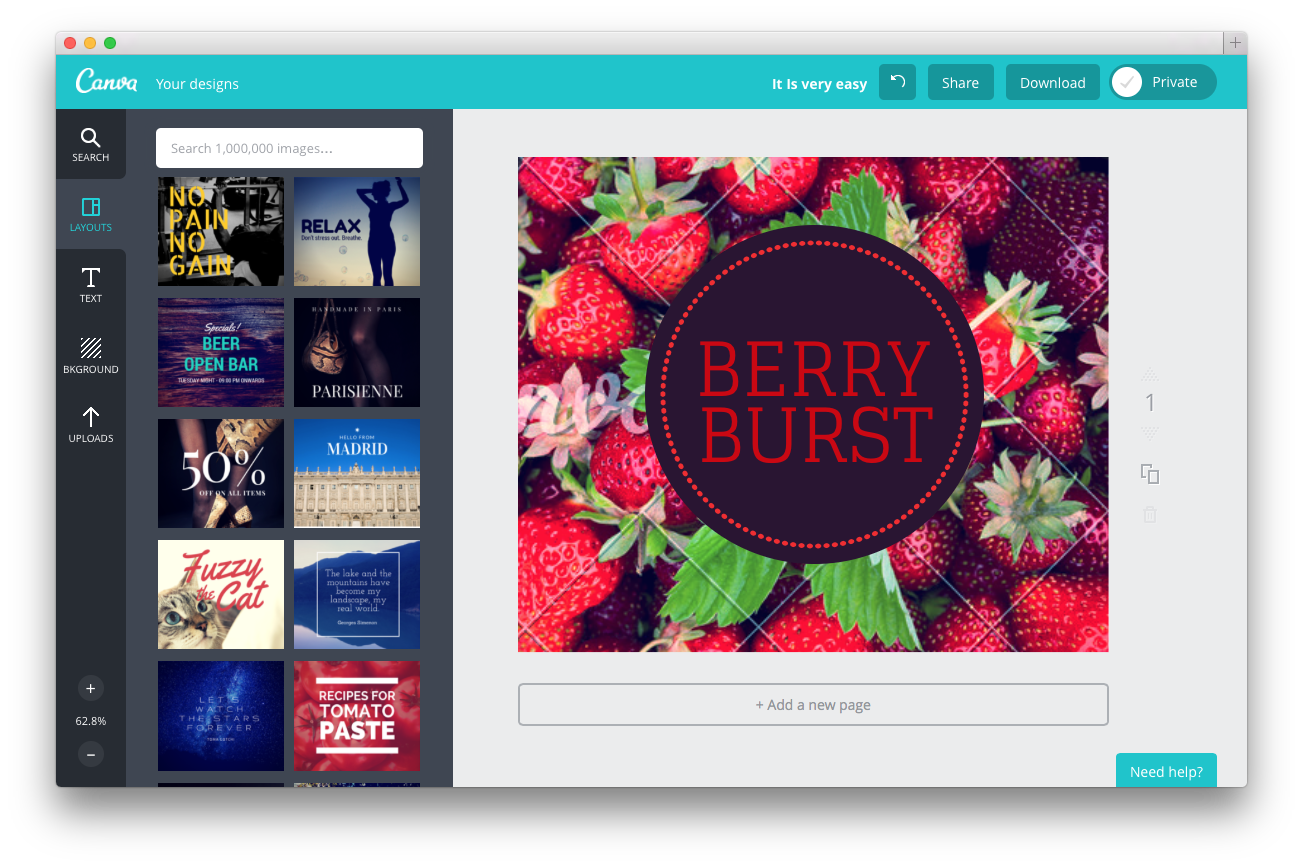
Conversation with a Canva Community Outreach Specialist
Canva – a web tool for creating graphics – has a very interesting social media strategy, where they put special Community Outreach Specialists to work.
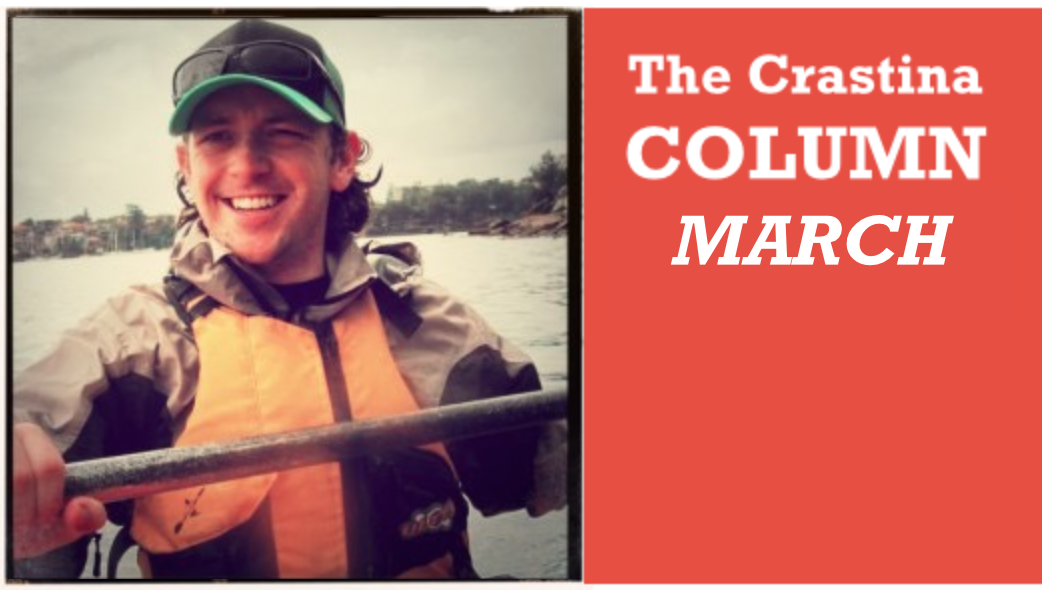
Natural history research—a supply and demand industry? (James O’Hanlon, March 2015)
We have a product: popular science communication. And we have a market: the public. Can there be a business model that caters for this demand? James O’Henlon, Australian zoologist, raises the question whether exploratory research should be driven by a supply and demand mechanism.

Swedish tech students present their traditional advent calendar
For many years, students at the Faculty of Engineering of Lund University have maintained an advent calendar tradtion. In this web based calendar, every window contains a scientific experiment and an explanation.
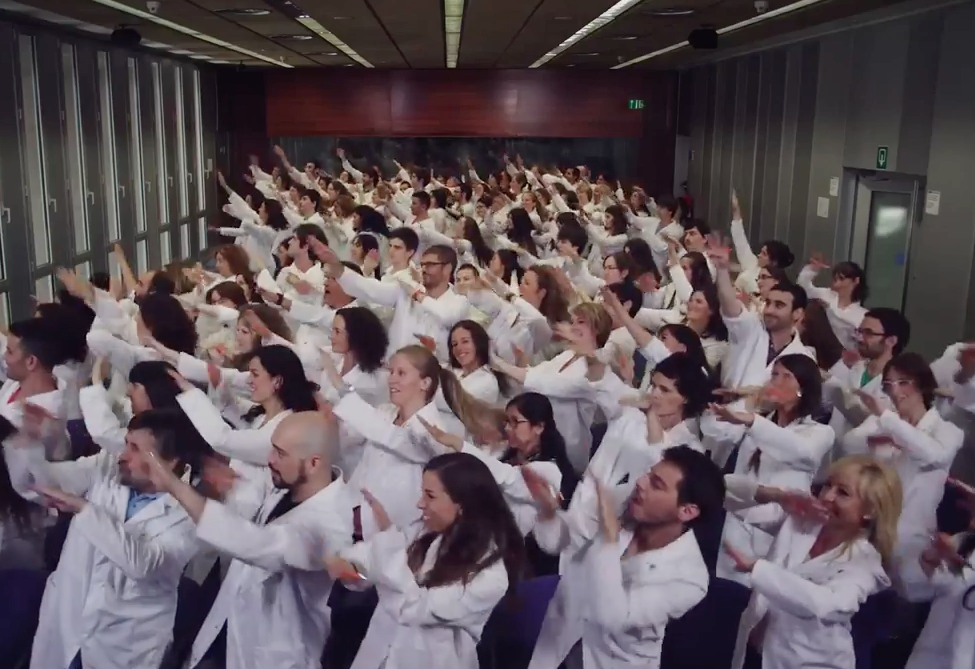
Sarah Sherwood, IRB Barcelona: “We wanted to do it in a different way, and chose to dance.”
Scientists at IRB Barcelona wanted to raise awareness and support for research into cancer, Alzheimer’s and diabetes. The result: a very professional and captivating video, full of happy dance moves.

